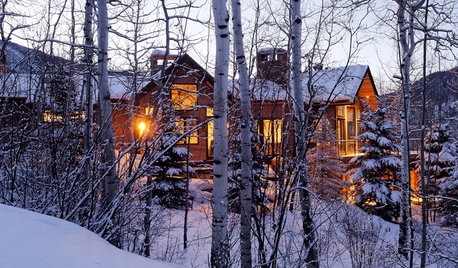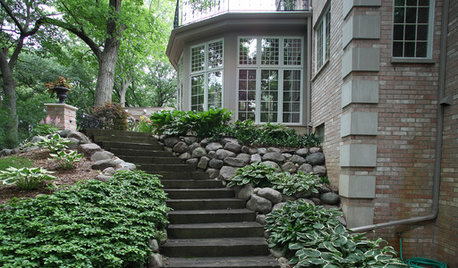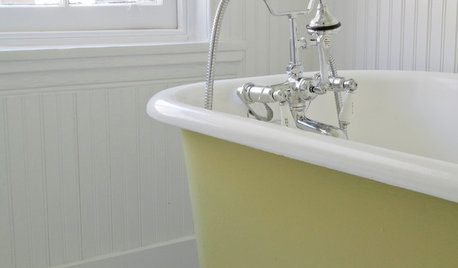Please Advise
rosco_p
12 years ago
Related Stories

HOME OFFICESQuiet, Please! How to Cut Noise Pollution at Home
Leaf blowers, trucks or noisy neighbors driving you berserk? These sound-reduction strategies can help you hush things up
Full Story
HOUSEPLANTSMother-in-Law's Tongue: Surprisingly Easy to Please
This low-maintenance, high-impact houseplant fits in with any design and can clear the air, too
Full Story
COLORDecorating 101: How to Choose Your Colors
Learn where to look for palette inspiration — and one commonly advised place maybe you shouldn’t
Full Story
DECORATING GUIDESAsk an Expert: How to Decorate a Long, Narrow Room
Distract attention away from an awkward room shape and create a pleasing design using these pro tips
Full Story
Sales Secrets for Interior Designers
Pro to pro: Learn 3 proven techniques to please clients and increase revenues, developed by a designer with 40 years of success
Full Story
LIFEHouzz Call: Who'll Post the First Snow Photo of 2013?
If the weather's been flaky in your neck of the woods, please show us — and share how you stay warm at home
Full Story
HOME OFFICESDream Spaces: Home Offices You’d Be Delighted to Work In
Warm lighting, comfortable furnishings and pleasing views can make you want to head into your home office each day
Full Story
GARDENING AND LANDSCAPINGHow to Work With a Landscape Pro
Lush lawns and gardens don't create themselves. Here's how to work with a landscaping professional for a smooth process and pleasing results
Full Story
BATHROOM DESIGNRub-a-Dub-Dub, Add Color to Your Tub
Perk up that old claw-foot with a hit of paint that’s as bold or subtle as you please
Full Story
DECORATING GUIDESPalatable Palettes: 9 Bold Bathroom Color Schemes
Give your bathroom or powder room a bright new look with beautiful colors that energize the space and please the eye
Full StoryMore Discussions








tapla (mid-Michigan, USDA z5b-6a)
rosco_pOriginal Author
Related Professionals
Windham Landscape Architects & Landscape Designers · Chattanooga Landscape Architects & Landscape Designers · Maple Heights Landscape Architects & Landscape Designers · Springfield Landscape Contractors · Mastic Beach Landscape Contractors · Maywood Landscape Contractors · Richmond Landscape Contractors · San Benito Landscape Contractors · Woodland Landscape Contractors · Bonita Decks, Patios & Outdoor Enclosures · Clemmons Decks, Patios & Outdoor Enclosures · Clute Decks, Patios & Outdoor Enclosures · Fullerton Decks, Patios & Outdoor Enclosures · North Aurora Decks, Patios & Outdoor Enclosures · Gulf Gate Estates Tree Servicestapla (mid-Michigan, USDA z5b-6a)
rosco_pOriginal Author
tapla (mid-Michigan, USDA z5b-6a)
gardener_guy
rosco_pOriginal Author
rosco_pOriginal Author
tapla (mid-Michigan, USDA z5b-6a)
rosco_pOriginal Author